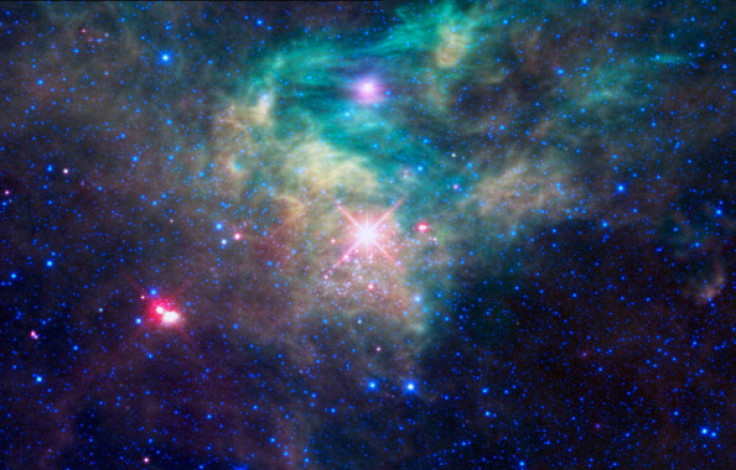Discovery of colliding stars can help scientists solve universe's biggest mysteries
The two neutron stars locked in a binary system are different in masses
In a breakthrough discovery, astronomers have spotted dead stars that are locked in "fiercely tight" orbit. Scientists believe that the discovery could assist them in resolving some of the significant mysteries of the universe.
According to Science Daily, the discovery was made by the University of East Anglia and lead researcher Robert Ferdman from UEA's School of Physics and his team members. Using the Arecibo radio telescope in Puerto Rico, they discovered a unique "pulsar" deep inside the space which is said to be "magnetised spinning neutron-star 'lighthouses' that emits highly focused radio waves from its magnetic poles." The pulsar has been named PSR J1913+1102 that is locked in a tight orbit with another star.
Scientists believe that the discovery will help them advance their knowledge of colliding dead stars and the expansion of the universe, which remains one of the biggest mysteries to date. These neutron stars are the remnants of a supernova built with the densest matter known and are of different masses. It is assumed that these stars will collide around half a billion years from now and let out a blast of energy "in the form of gravitational waves and light."
What makes their discovery astonishing is the connection between the two stars as one is far larger than the other. However, the scientist suggests that such a merger was predicted by Albert Einstein a century ago. It was first noticed by scientists in the year 2017.
"Back in 2017, scientists at the Laser Interferometer Gravitational-Wave Observatory (LIGO) first detected the merger of two neutron stars. The event caused gravitational-wave ripples through the fabric of space-time, as predicted by Albert Einstein over a century ago," explained Fredman.
The news statement reveals that the amount of energy released in a fraction of seconds during the stars merger is estimated to be "tens of times larger than all stars in the Universe combined." As per Fredman, the new discovery has changed previous assumptions that revolved around neutron stars of similar masses.
"Our new discovery changes these assumptions. We have uncovered a binary system containing two neutron stars with very different masses," Fredman said. "These stars will collide and merge in around 470 million years, which seems like a long time, but it is only a small fraction of the age of the Universe.
In addition, co-author of the study Paul Freire from the Max Planck Institute for Radio Astronomy in Bonn, Germany insists that such an event is important for astrophysicists as it can provide new clues about the "exotic matter" in the universe. "This matter is still a major mystery -- it's so dense that scientists still don't know what it is actually made of. These densities are far beyond what we can reproduce in Earth-based laboratories," Freire said.

The findings of the study were published in the journal Nature.
© Copyright IBTimes 2024. All rights reserved.





